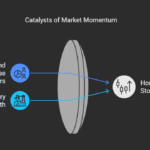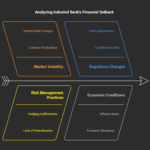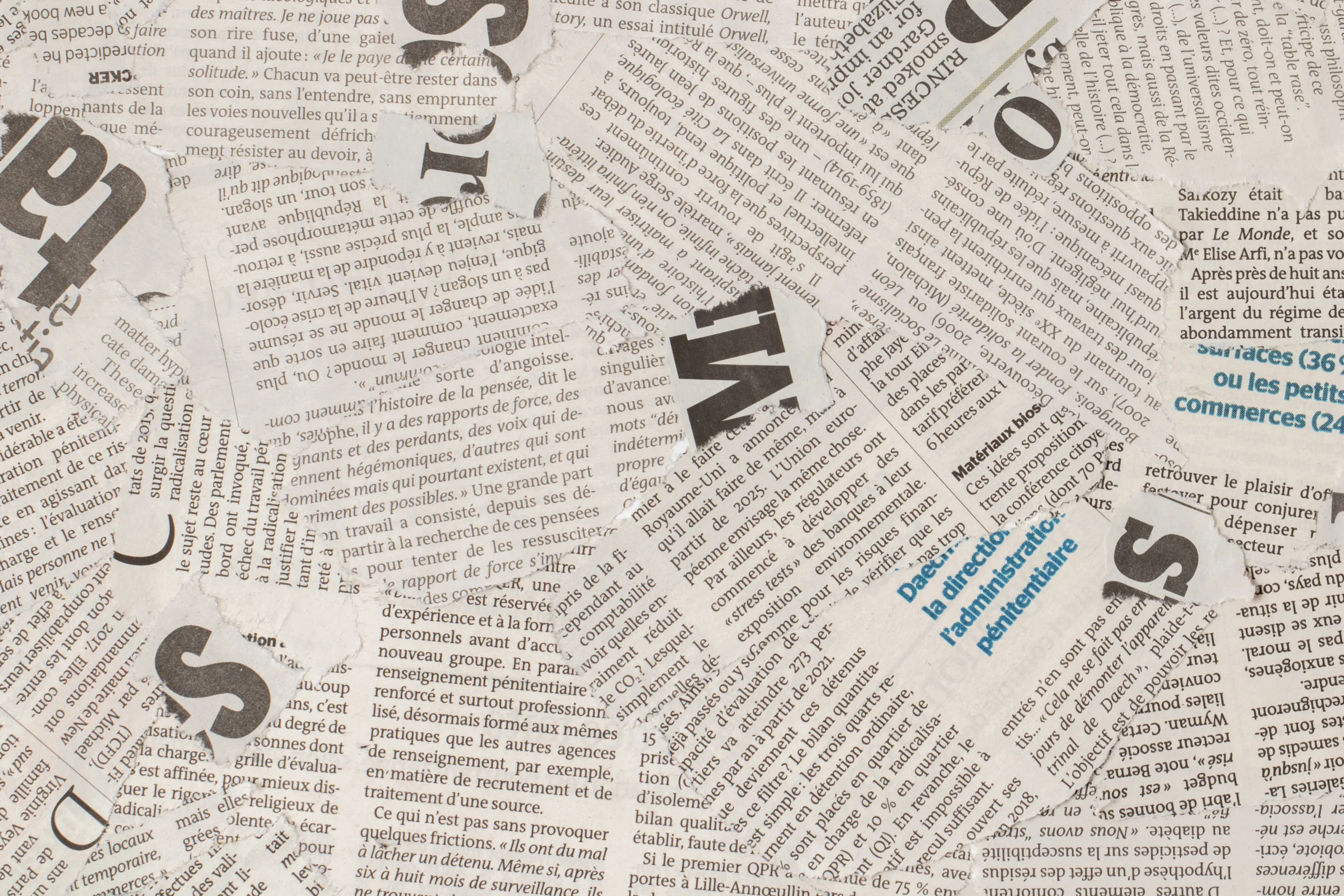In his 2005 letter to shareholders, Warren Buffett delved into the concept of competitive advantage, often referred to as moats. Every day, our businesses’ competitive positions either strengthen or weaken, influenced by our actions. Delighting customers, cutting unnecessary costs, and enhancing products and services strengthen our position. Conversely, indifference to customers or tolerating inefficiencies weakens it. While the effects of our daily actions may seem insignificant, their cumulative impact is profound.
When our long-term competitive standing improves due to these incremental actions, we term it “widening the moat.” This widening is crucial for the future health of our business. While short-term earnings are important, if they conflict with long-term prosperity, prioritizing moat expansion becomes necessary. Managers must avoid sacrificing long-term success for short-term gains, as recovering from such setbacks can be challenging, as seen in the auto and airline industries today.
Our managers excel at widening moats, driven by their passion for their businesses. Their dedication, coupled with our hands-off approach, ensures sustained success. However, just as times change, so do moats. Even if a moat seems sustainable, it’s essential to acknowledge that nothing lasts forever, not even wide moats.
Newspapers in the ’70s: Moat-Widening
During the 1970s, Warren Buffett favored cash-generating newspapers with strong moats. He saw newspapers as akin to owning a monopoly or a market-dominant entity, offering protection against inflation and the freedom to adjust rates as needed.
Newspapers Today: Moat-Erosion
In contrast, the landscape for newspapers has dramatically shifted. In his 2012 letter to shareholders, Buffett addressed the decline of the newspaper industry, despite Berkshire’s acquisition of several newspapers. The rise of the internet and television has diminished newspapers’ significance, leading to declining circulation and advertising revenue.
Previously, newspapers held a monopoly on information dissemination, making them indispensable to communities. However, with the advent of digital media, their relevance has waned. While newspapers still excel in delivering local news, their traditional revenue streams have dwindled.
The transition to digital platforms has further exacerbated the industry’s challenges. Many newspapers offer content for free online, undercutting their print circulation. Consequently, declining circulation diminishes their appeal to advertisers, creating a vicious cycle of revenue decline.
Buffett’s bearish outlook on newspapers reflects the industry’s grim reality. Despite the economy’s improvement, circulation and advertising continue to decline across various regions and city sizes.
The Current State of Newspapers
The Pew Research State of the News Media Report highlights the unfavorable financial landscape for news organizations in the digital age. While digital ad spending has surged, journalism organizations have not reaped the benefits. Instead, tech giants dominate digital advertising revenue, leaving news organizations struggling to monetize their online presence.
In hindsight, the challenges facing newspapers in the digital era are evident. However, the key lies in continuously evaluating industry trends and identifying signs of moat erosion. Adapting to these changes is essential for companies seeking sustainable competitive advantages.
In conclusion, while newspapers face unprecedented challenges in the digital age, acknowledging the evolving nature of moats is crucial. Adapting to changing times is imperative for businesses to thrive amidst uncertainty. As we navigate the unknown future, understanding and responding to shifting moats will be paramount to long-term success.











